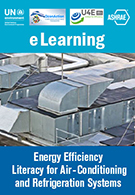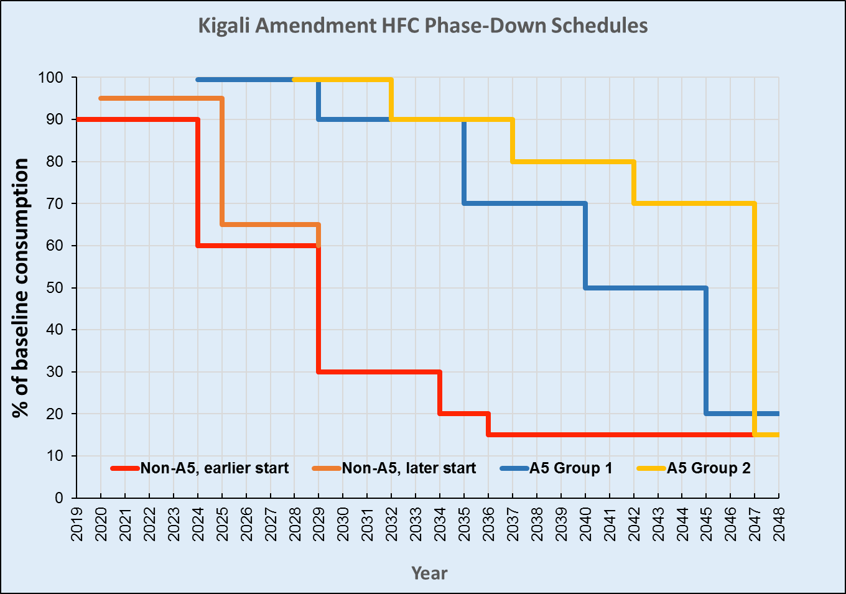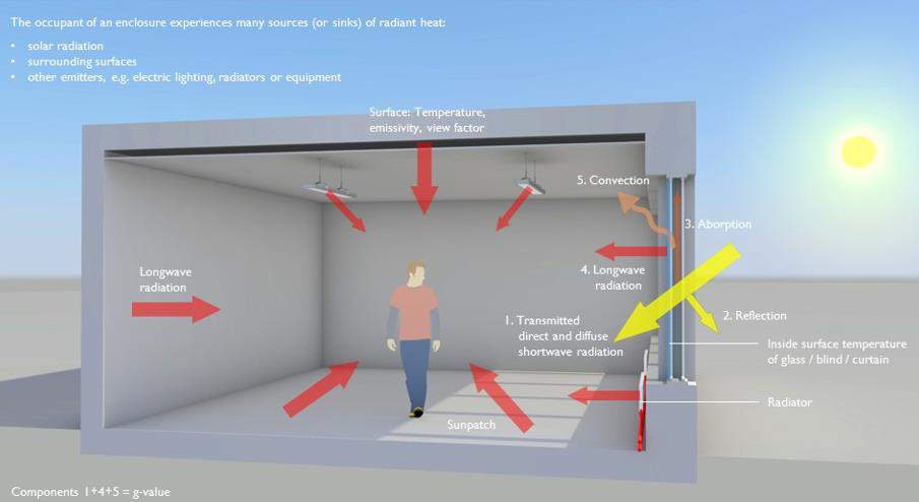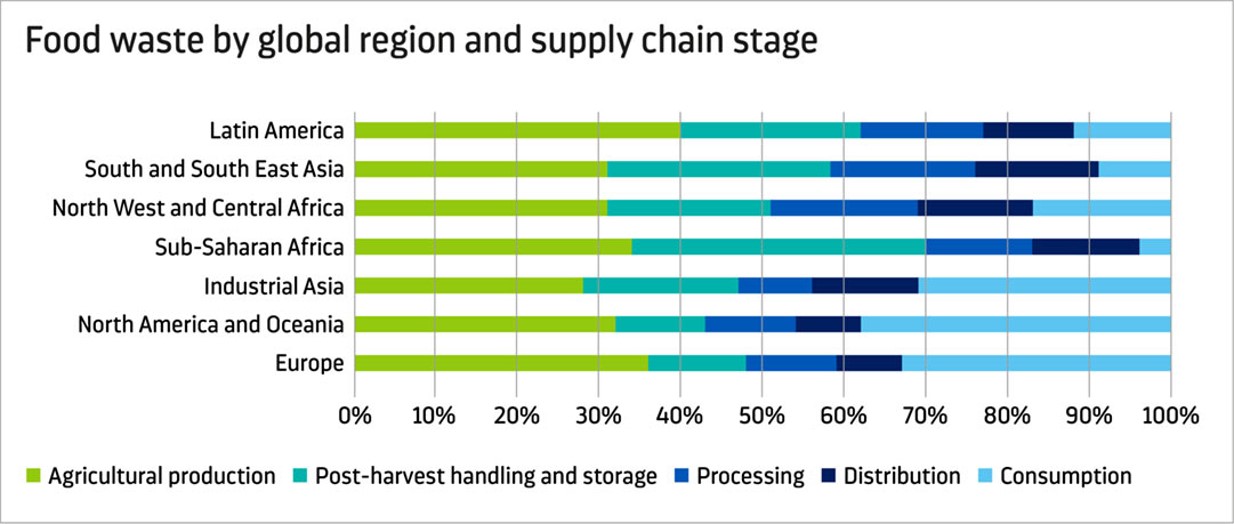Energy Efficiency Literacy for Air-Conditioning and Refrigeration Systems, 3.5 hours

Enrollment
Click on “English version” under UNEP Clients if you are UNEP Client. Click on “English Version” under ASHRAE Members if you an ASHRAE Member.
This 3.5 hour course is designed to educate developing country policy makers, business leaders, and community stakeholders about the benefits of air conditioning and refrigeration, the scientific principles involved, and factors that contribute to maximum energy efficiency.
The course is dual units (SI and Imperial).
Why Was the Energy Efficiency Literacy Course Developed?
Governmental administrators and end users increasingly need to make informed decisions about the energy use, international regulation and environmental consequences impacting the use of air conditioning and refrigeration. Because they often do not have formal technical training, UN Environment and ASHRAE partnered to produce Energy Efficiency Literacy. This 3.5-hour course guides the non-specialist through the basic concepts behind an energy efficient system that meets comfort and industrial process requirements and the use of refrigerants that enable systems to cool.
Who Should Take the Course?
- National Ozone Units (NOUs) whose work promoting refrigerant transitions intersect with system energy efficiency and global warming potential.
- Energy officials who are not familiar with the energy impacts of refrigerant choices and the regulations which impact selections.
- Building owners and other users of RAC systems who influence purchasing and operations yet do not have a basic understanding of the technologies that are available to promote sustainability.
- Those in HVAC&R roles but did not receive technical training or have technical experience prior to their current positions.

How Is the Course Structured?
The course is presented in 3 lessons (modules):
- Lesson 1 Demand for Air Conditioning and Refrigeration
- Lesson 2 Refrigeration and Air-Conditioning Technology
- Lesson 3 Drivers and Indicators for Efficient Systems
This completely web-based, interactive learning experience allows users to track progress and learn in stages when time is available. Learning checks throughout the course prepare users for the final exam. Total time to complete the course is estimated at 3.5 hours.
What Are the Learning Objectives?
- Explain why there is a real need for active air conditioning and refrigeration.
- Identify the main criteria that need to be controlled to keep occupants comfortable and productive.
- Outline the key concepts behind the psychrometric chart including how it enables engineers to optimize air conditioning system performance.
- Describe what cooling load is and identify the key building features that can be altered to reduce the need for cooling.
- Present main criteria for occupant comfort
- Describe the psychrometric chart that enables engineers to optimize air conditioning system performance
- Discuss cooling loads and the key building features that can be altered to reduce the need for cooling
- Identify the problems that cause inadequate performance in air conditioning and refrigeration systems
- List the stakeholders in energy efficiency and environmental performance.
- Explain the reason for, and the resulting impact of, international regulations for refrigerant use and management
- Identify operational problems in systems to promote responsible use of resources, reduced operating costs, healthier environments and better buildings
 |
 |
-
How Does eLearning Work and Is a Certificate Available?
A final exam consisting of 35 questions is included. If passed with a score of 60% or better, the learner earns a certificate of successful course completion from ASHRAE. The exam may be taken again with new questions selected from a question bank after the learner has reviewed areas needing further study.
Successful completion also earns 3.5 Professional Development Hours that may be eligible for maintaining certifications or other professional qualification credentials.
Supported Languages / Units
The course is dual units (SI and Imperial).
Contacts for More Information